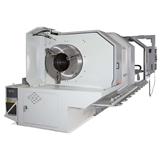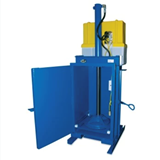Counterfeit parts in the electronics supply chain rise and fall in harmony with the health of the semiconductor market. And now, as the component industry enters a new phase of growth, analyst company IHS claims the number of fake components is about the hit record levels.
As the semiconductor industry contracted during the recession, the number of counterfeit parts plummeted. However, according to the company, when semiconductor industry revenue rebounded by 33 per cent in 2010, imitation parts surged by 152 per cent.
Supply chain managers reported a record 1,363 separate counterfeit-part incidents worldwide in 2011. But the numbers tend to be under-reported because detecting bogus parts is tough, as they appear identical to genuine components.
Testing in assembly facilities rarely indicates the device is fake because it is not exercised to its maximum limits where performance frailties are usually exposed. Failures typically only show up when the electronic devices are stressed in use, potentially compromising safety, particularly in transport, medical or military applications.
Worse still, says IHS, tightening of supply through 2012 is encouraging the counterfeiters to flood the market as purchasers chase dwindling stocks. For example, the company predicts that demand will exceed supply in the third and fourth quarters of this year for many widely used components, including capacitors, NAND, DRAM, power semiconductors and logic chips.
"The semiconductor industry is exhibiting the classic signs of the start of a new growth cycle, with tightening supplies, broad-based price increases and a lengthening of lead times for the delivery of products," Rick Pierson, principal analyst for semiconductors at IHS, said.
"These are prime conditions for suppliers of counterfeit parts, which are eager to fill supply gaps with their fake goods. For semiconductor purchasers, the rise in counterfeits represents a major risk, bringing downsides in terms of financial losses, damage to company reputations and even safety concerns in some products."
According to Pierson the counterfeiters have become more sophisticated.
"They watch the market and know where the weaknesses are," he said, citing the example of the surge in fake components after the earthquake and tsunami disasters in Japan during 2011.
Those events caused panic buying of semiconductors and other components opening the door for the counterfeiters to push their dubious goods.
Pierson urges manufacturers to understand the reasons why incidents of fake parts are on the rise and to identify the markets where counterfeits are appearing. He also advises sticking to trusted suppliers - but concedes that this is easier said than done.
"The mandate for electronics makers is to keep their production lines running at all costs," he explained.
"And sometimes to do that - especially during a time of rising demand and short component supplies - they go outside of the supply chain to obtain parts."
Even franchised distributors sometimes buy excess inventory from other companies that could introduce counterfeit parts to the supply chain, Pierson also noted.
element14 (formerly Farnell), a major component distributor in Australia, is responding to the issue by encouraging debate on its website. The company advises buyers to limit their exposure by buying only from an original manufacturer or an authorised distributor which uses establish systems to reduce counterfeit risk and adheres to internationally recognised quality standards (like AS9100, AS9120 or AS6081); avoid making ‘grey’ market purchases, and to send scrap electronic equipment to a high quality in-country recycler who does not engage in offshore e-waste shipments. Many counterfeit products are made from recycled e-waste shipped to countries such as China.



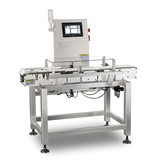
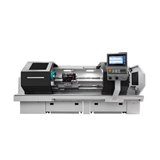

-160x160-state_article-rel-cat.png)
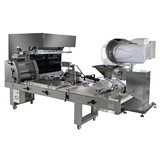



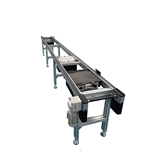

-160x160-state_article-rel-cat.png)



